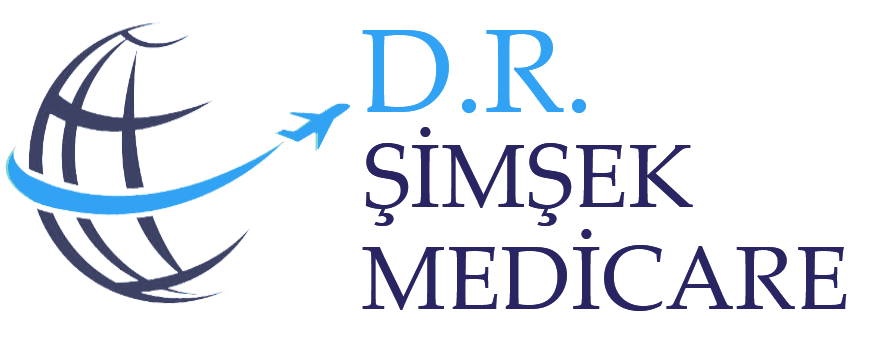Trifocal and EDOF (Smart) Lenses: Advanced Solutions for Clear Vision and Spectacle Independence
Developing technologies offer more comfortable and effective solutions for the treatment of visual impairments. Trifocal and EDOF (Extended Depth of Focus) lenses are one of the modern solutions used in intraocular lens treatments. These lenses offer sharp, clear vision at both near and far distances, improving patient comfort and eliminating spectacle dependency.
What are Trifocal and EDOF Lenses?
- Trifocal Lenses:
- Provides clear vision at near, medium and far distances.
- Meets the need for clarity at different distances.
- It is especially preferred in the treatment of age-related presbyopia (near vision difficulty) and cataracts.
- EDOF (Extended Depth of Focus) Lenses:
- Sharp and clear vision at far and medium distances.
- It provides greater visual depth by increasing the eye's ability to focus.
- It provides less light sensitivity and more natural vision than trifocal lenses.
Advantages of Trifocal and EDOF Lenses
- Glasses Independence:
- Both types of lenses provide clear vision at near, medium and far distances, largely eliminating the need to wear glasses.
- Wide Depth of Vision:
- EDOF lenses offer visual comfort from near to far as they provide a wide depth of field.
- More Comfortable Eyewear:
- Trifocal lenses are the ideal solution, especially for presbyopia and cataract patients who are forced to wear glasses.
- Decreased Sensitivity to Light:
- EDOF lenses offer more natural vision in low-light conditions, increasing the comfort of night driving and low-light vision.


Who are Trifocal Lenses Suitable for?
- Presbyopia (Near Vision Difficulty): People who have presbyopia starting after 40 years of age.
- Cataract Patients: Especially preferred during cataract surgery.
- Myopic and Hyperopic Patients: People who need clear vision at both distances.
- Young and Middle Age Groups: Those who want to eliminate the need for glasses in the longer term.
Who Are EDOF Lenses Suitable for?
- Presbyopia: Suitable for people with near vision problems.
- Glasses Independent Vision: Less light sensitivity than trifocal lenses.
- Night Vision Comfort: Ideal for night driving as it provides a more natural vision in low light conditions.
Differences between Trifocal and EDOF Lenses
- Visual Distances: Trifocal lenses offer clear vision at far, medium and near distances. EDOF lenses, on the other hand, provide a greater depth of field for good visual comfort at far and medium distances.
- Photosensitivity: EDOF lenses perform better in low light conditions, while trifocal lenses may show slightly more light sensitivity in night vision.
- Application Area: While EDOF lenses offer a more natural solution, trifocal lenses may be more effective in completely eliminating spectacle dependence, especially for patients with presbyopia and cataracts.
Surgery Process of Trifocal and EDOF Lenses
- Preoperative Examination:
- Eye health is examined in detail and the type of lens to be used is determined.
- Anesthesia
- Lenses are implanted into the eye with a short procedure under local anesthesia.
- Surgical Intervention:
- Trifocal lenses are used to correct vision at far, intermediate and near distances.
- EDOF lenses offer more natural vision at far and medium distances.
- Recovery Process:
- Full visual clarity is usually achieved within a few weeks.
- Swelling and bruising decrease rapidly and the patient can return to social life in a short time.
Prices of Trifocal and EDOF Lenses
Trifocal and EDOF lens pricesThe cost may vary depending on the type of lens used, the surgeon's experience and the treatment center. Turkey offers cost-effective options for surgical procedures with such lenses.
Frequently Asked Questions
How long do trifocal and EDOF lenses last?
Is pain felt during the procedure?
How long does the healing process take?
Clearer Vision with the Advantages of Trifocal and EDOF Lenses
Trifocal and EDOF lenses offer permanent solutions to vision problems such as presbyopia and cataracts. These technologies help patients achieve clear and sharp vision at a wider distance, while significantly improving quality of life by eliminating the dependence on glasses.











